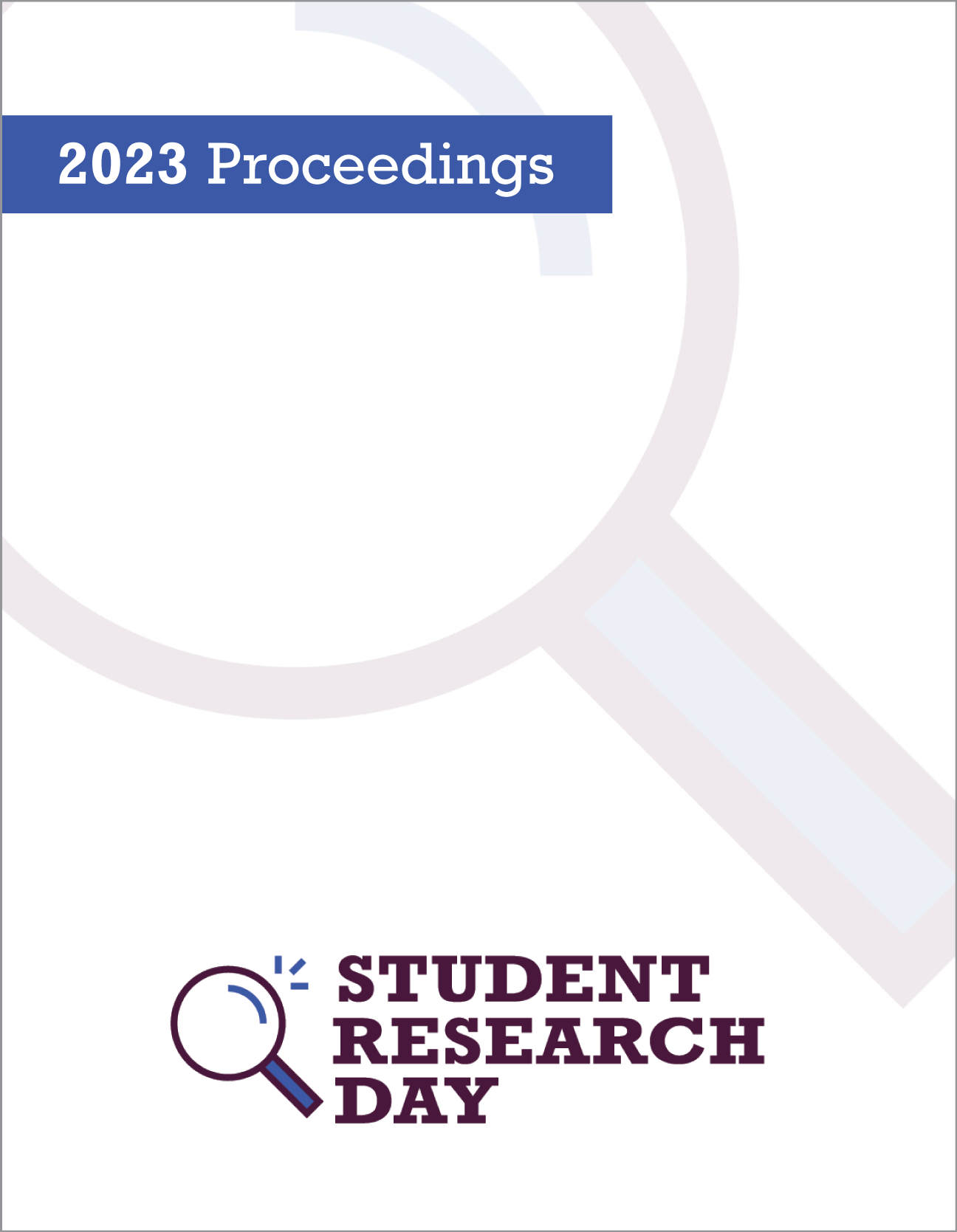The Aversive Effects of Infrasound on Zebrafish in an Open Field Test
Abstract
The ability to detect infrasound (sub-20 Hz frequencies) has been found in aquatic species, and as such, infrasound may be a source of human-made pollution that could have negative environmental consequences for fish. Human infrastructures can generate infrasound at peak acoustic frequencies that may go unrecognized, the presence of which may be of detriment to the environmental wellbeing of aquatic laboratory animals that are often in proximity to such sources. In this study, wild-type zebrafish (Danio rerio) were exposed to short periods of infrasound at either 5, 10, 15, or 20 Hz and compared to a 0 Hz control group. Motion-tracking software was used to quantify zebrafish movement in an open field test, evaluating variables of arena place preference and locomotion (distance moved & immobility). A significant effect was found at 15 Hz, causing zebrafish to spend more time avoiding the infrasound source. The 20 Hz group also spent significantly less time near the infrasound source, but showed a less distinct aversive response. No differences were found for distance moved or immobility across all groups. These findings show that 15 Hz infrasound frequencies have aversive effects on zebrafish and elicit avoidance of the generating source. Identifying and mitigating sources of infrasound pollution should be undertaken to enrich the environment and wellbeing of laboratory animals.
Faculty Mentors: Dr. Trevor Hamilton & Dr. Rodney Schmaltz
Published
Issue
Section
License
Authors retain any and all existing copyright to works contributed to these proceedings.



